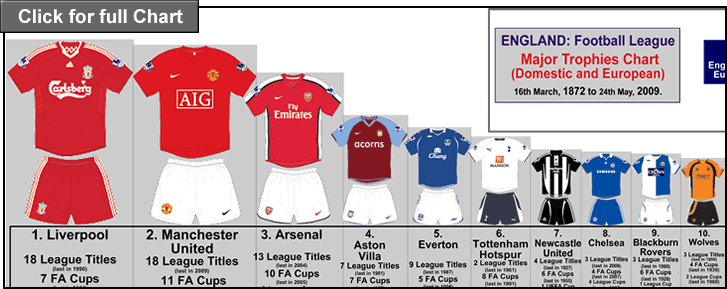…
…
The Intercollegiate Conference of Faculty Representatives was founded on February 8, 1896. The conference became popularly known as the Western Conference. Its original schools were Chicago, Illinois, Michigan, Minnesota, Northwestern, Purdue, and Wisconsin. Indiana and Iowa joined in 1899, and the conference became popularly known as the Big Nine.
Michigan left the conference in 1908 (for a time); Ohio State joined in 1913. When Michigan re-joined in November 1917, the conference started to be known as the Big Ten.
The University of Chicago decided to de-emphasize athletics, and their football team left the conference in 1939. By 1946, that school’s athletic program was out of the conference entirely, and the conference once again became known as the Big Nine. Three years later, 1949, Michigan State joined, and it was the Big Ten again.
It is interesting to note that throughout this whole time, the conference was officially known as the Intercollegiate Conference of Faculty Representatives. The conference did not shed this anachronistic name until 1987, when the Big Ten was incorporated as a not-for-profit corporation. Three years later, Penn State joined, but it was decided to keep the name Big Ten (after all, it’s foolish to mess with an established brand name}. The conference slyly acknowledges their 11 schools, though, by having a logo which shows the number 11, in the spaces to either side of the T in Ten.
On the team profiles chart on the right, in most cases I have concentrated on showing the evolution of the teams’ headgear design, rather than load up on alternate logos. It’s interesting to note that two teams won national titles in the 1960s in the first season after changing their helmets. In 1965, Michigan State first introduced a logo on their green helmet, a Spartan warrior’s head in profile. The team went on to win the consensus national title, with a 10-1 record. Ohio State, in 1968, adopted the iconic style they use to this day, a silver helmet with red, white, and black stripes, accented with buckeye-leaf decals (awarded to players for stand-out play). Coach Woody Hayes won his last National Title that season, as the Buckeyes were undefeated, and were the undisputed national champions.
This time, I have used photos (instead of illustrations) of each teams helmet logo and/ or design, in the rectangles to the immediate left of the teams’ names. The Ohio State design was perplexing, because it was difficult to tell if the decals are black, or green. They do sell green decals on the internet, but it appears these are not authentic. And there are illustrations of Ohio State helmets out there that depict green buckeye-leaf decals {see this}, but they appear to be inaccurate. From this Ohio State fan site message board thread, it seems the case is solidly made that they are are black {see this, a thread from the Buckeyes Planet site}. But on Ohio State coach Jim Tressel’s site, he uses green icons to chart the player’s decal-award tally {see this}. Still, the photo on that site certainly shows black leaves.
The Bentley Historical Library at the University of Michigan has an excellent site. I have set the following link to the Michigan Stadium Story page, but there are lots of pages to peruse {Click here}. Here is the Michigan versus Ohio State rivalry section, set at the two team’s stadiums comparison {Click here}; and art of UM vs. OSU football program covers {Click here}.
Thanks to the invaluable College Football Data Warehouse site: {Click here}. Thanks to Helmet Hut {Click here}. Thanks to the College Football All-Time Database, at http://www.nationalchamps.net/NCAA/database/index.htm .
Thanks to the contibutors to the Big Ten pages at Wikipedia {Click here}. Thanks to Chris Creamer’s Sports Logos Page, at http://www.chriscreamer.com/ . Thanks to Logo Shak, at http://www.logoshak.com/ . Thanks to Logo Server, at http://www.logoserver.com/College.html . Thanks to the NCAA site, specifically for this list of college football National Champions {Click here}. Thanks to the College Football History site {Click here}.
Next up…the Pac-10, to be posted Thursday.



